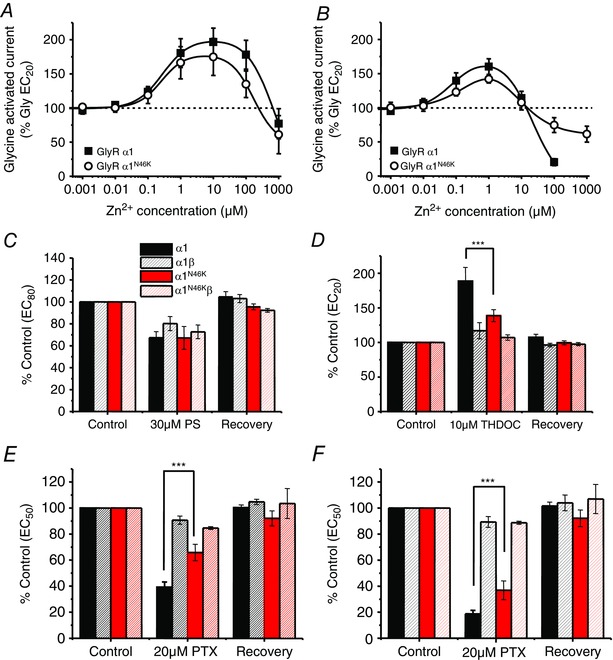Figure 5. Allosteric modulation at WT and N46K GlyRs .

A, Zn2+ concentration modulation curves for the glycine EC20 response on WT and N46K GlyRα1. By co‐applying Zn2+ with EC20 glycine, there was no significant change in the potentiation or inhibition of the glycine‐activated peak current on WT compared with N46K GlyRα1. B, modulation of glycine EC20 responses following pre‐ and co‐application of Zn2+ (n = 5). C, effect of the neurosteroid, pregnenolone sulphate (PS; 30 μm; n = 5–9) on peak glycine EC80 currents for α1, α1β, α1N46K and α1N46Kβ GlyRs. D, effect of the neurosteroid THDOC (10 μm; n = 4–11) on peak glycine EC20 currents for α1, α1β, α1N46K and α1N46Kβ GlyRs. E, effect of picrotoxin (20 μm), a GlyR channel blocker, on peak EC50 glycine‐activated currents for α1, α1β, α1N46K and α1N46Kβ GlyRs (n = 4–6; ***P < 0.0001). F, effect of picrotoxin (20 μm), a GlyR channel blocker, on steady‐state EC50 glycine‐activated currents for α1, α1β, α1N46K and α1N46Kβ GlyRs (n = 4–6; ***P < 0.0001).
